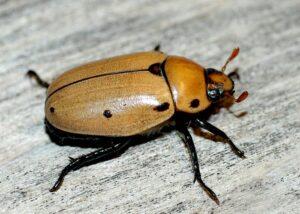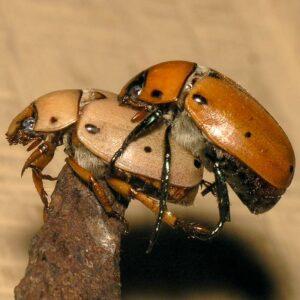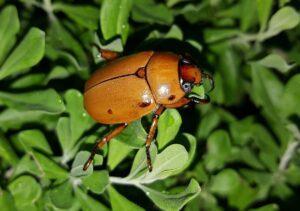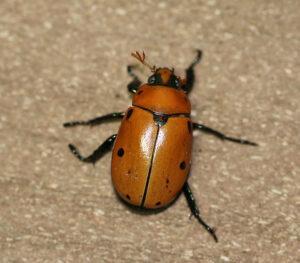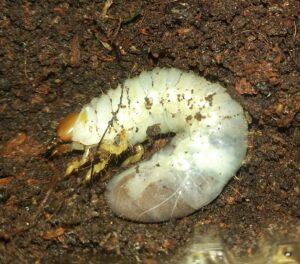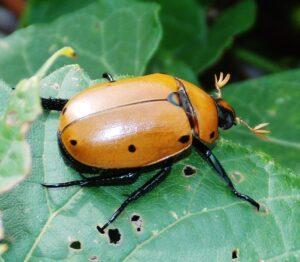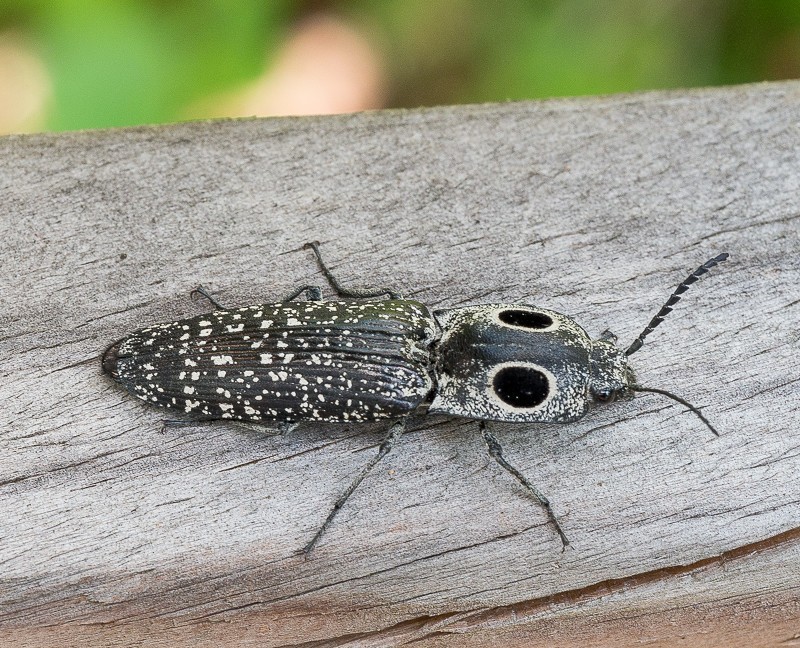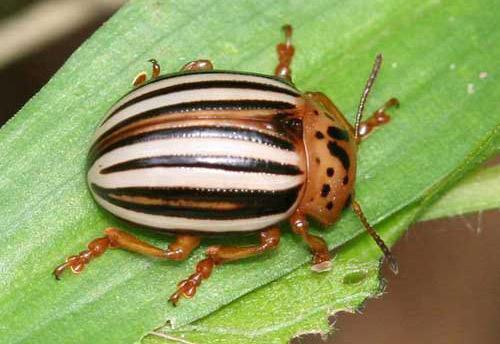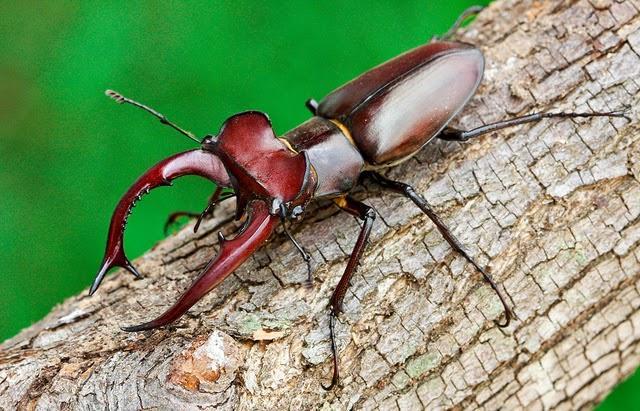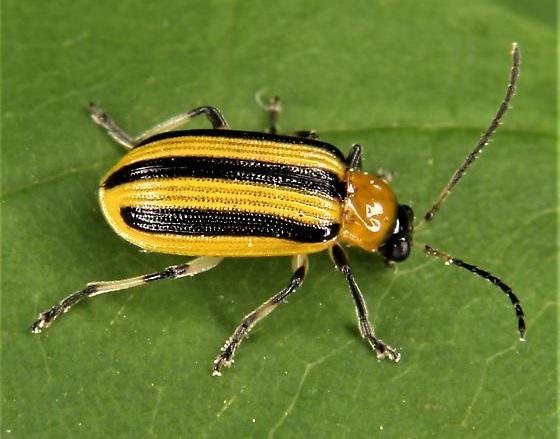Grapevine Beetle (Pelidnota punctata)
Updated on
17/11/2022The grapevine beetle, also known by the names spotted June beetle, spotted grapevine beetle, and spotted pelidnota, flies fast with a curving flight. It does very little harm to its host plants and is attracted to lights at night. Its specific name, ‘punctata’ is the Latin word for ‘marked with punctures or pricks’.
Scientific Classification
- Class:Insecta
- Order:Coleoptera
- Family:Scarabaeidae
- Genus:Pelidnota
- Species:P. punctata
Conservation Status
Description
The beetle is approximately 1 inch (2.5 cm) in size but can reach 1.2 inches (3 cm) in length. Its color is auburn red or off-yellow, with 4 black spots running down each side. The edges of its elytra are distinguished with fine black lines. The species has regional variations. The northern form has darker legs than the more common southern form. Plus, the adults in the northern part of its range have more spots that are darker in color. In contrast, the southern form may have no spot at all.
Distribution: Eastern part of North America from Maine and Ontario in the north to Florida in the south and ranges to South Dakota and Texas in the west.
Habitat: Forests, woods, thickets, vineyards, and gardens.
Do They Bite/Sting: No.
Lifespan: 2 years.
Predators: Blue jay, pallid bat, and raccoon.
Behavior and Characteristics
Diet
The adults eat the fruits and leaves of grapevines, both cultivated and wild, but are not considered a major pest of vineyards.
Life Cycle
1. Egg Stage
The oval eggs are laid on tree stumps, rotten wood, or on soil near the host plants.
2. Larva Stage
The larvae hatch from the eggs in a few weeks and can grow to a length of 2 inches. They dig into the soil to feed on rotten wood.
3. Pupa Stage
Pupal chambers are built near the surface of the soil where pupation occurs.
4. Adult Stage
The adults come out in July. They are active all spring and summer.
Getting Rid of Grapevine Beetles
An infestation is best left alone, as spraying chemical-laden pesticides will do more harm than good. But if things are getting pretty out of control, one can hand pick them out, use an organic insecticidal soap spray, or sprinkle diatomaceous earth to get rid of them.
FAQs
No, they are not poisonous or harmful to humans.
Source
uwm.edu, bugguide.net, ontarioinvertfarm.com, wallpaperflare.com, inaturalist.org, jungledragon.com




